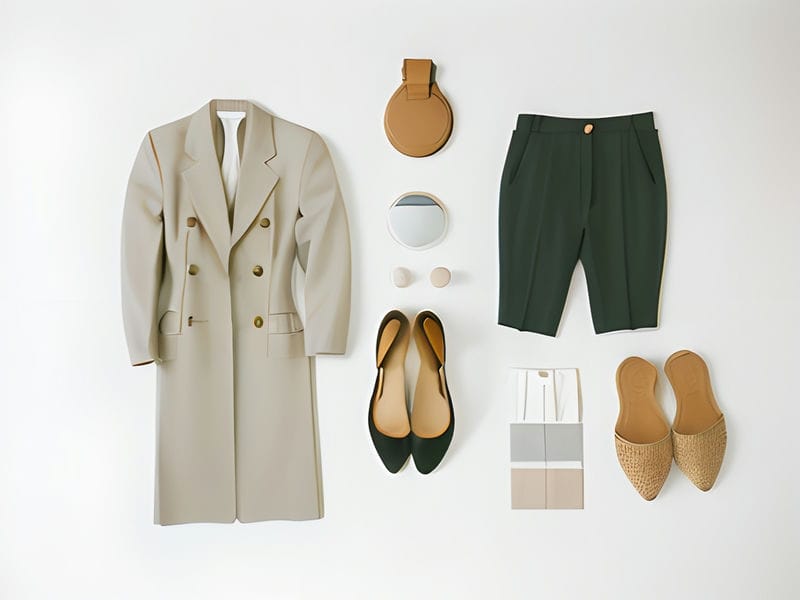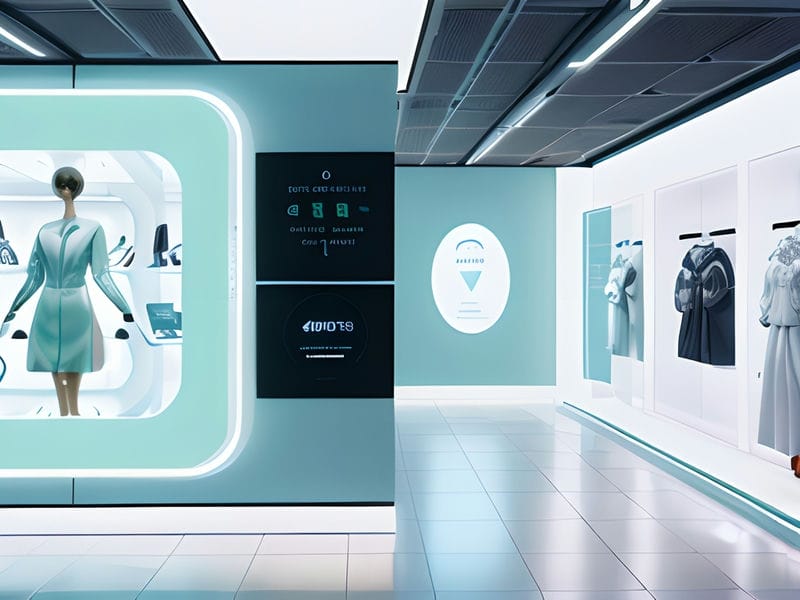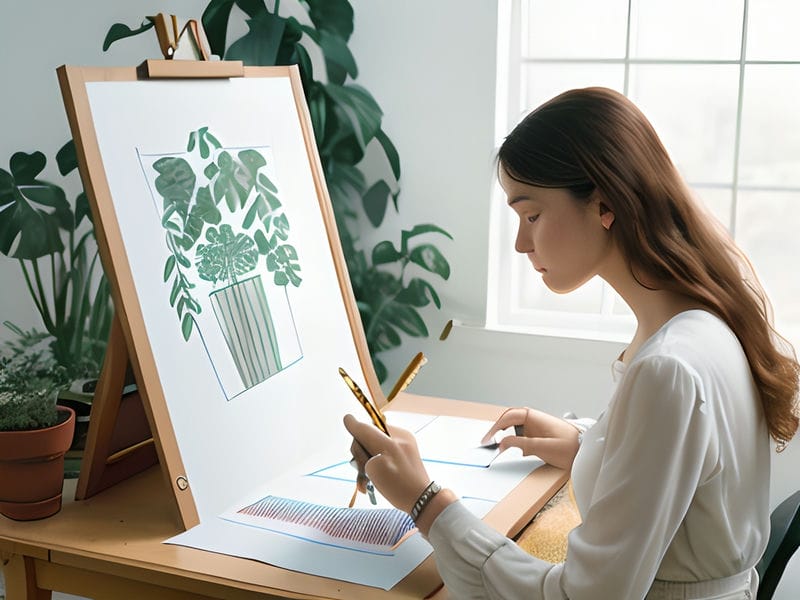
How 3D Printing Is Changing Fashion
Overview of how technology is being used in the fashion industry to reduce waste and pollution.
The emergence of 3D printing technology has revolutionized the fashion industry in ways we never could have imagined. This cutting-edge technology has completely transformed the way designers approach creativity and innovation.
Cork fabric is a renewable resource The Impact of Smart Textiles on Sustainability Ethical Labor Practices. Bamboo fabric is soft and eco-friendly Rou So Natural fiber Bluesign Certification.
One of the most significant impacts of 3D printing on design creativity is the ability to bring intricate and complex designs to life with ease. Designers are no longer limited by traditional manufacturing methods, allowing them to push the boundaries of what is possible in terms of shape, texture, and structure. This newfound freedom has sparked a wave of experimentation and exploration in the fashion world, leading to truly unique and avant-garde creations that were once thought impossible.
Furthermore, 3D printing has opened up a world of possibilities for customization and personalization in fashion. With this technology, designers can create bespoke pieces tailored to individual preferences and measurements. This not only enhances the overall customer experience but also allows for a deeper connection between consumers and their clothing.
In addition to fostering creativity, 3D printing has also accelerated innovation within the fashion industry. Designers are now able to rapidly prototype and iterate their designs, reducing time-to-market and enabling faster product development cycles. This agility allows for quicker response to market trends and consumer demands, ultimately driving greater competitiveness within the industry.
Overall, it is clear that 3D printing is changing the face of fashion as we know it. By empowering designers with new tools and capabilities, this technology is fueling a renaissance of creativity and innovation that is shaping the future of fashion in exciting ways. As we continue to explore the possibilities of 3D printing in design, one thing is certain the future of fashion looks brighter than ever before.










